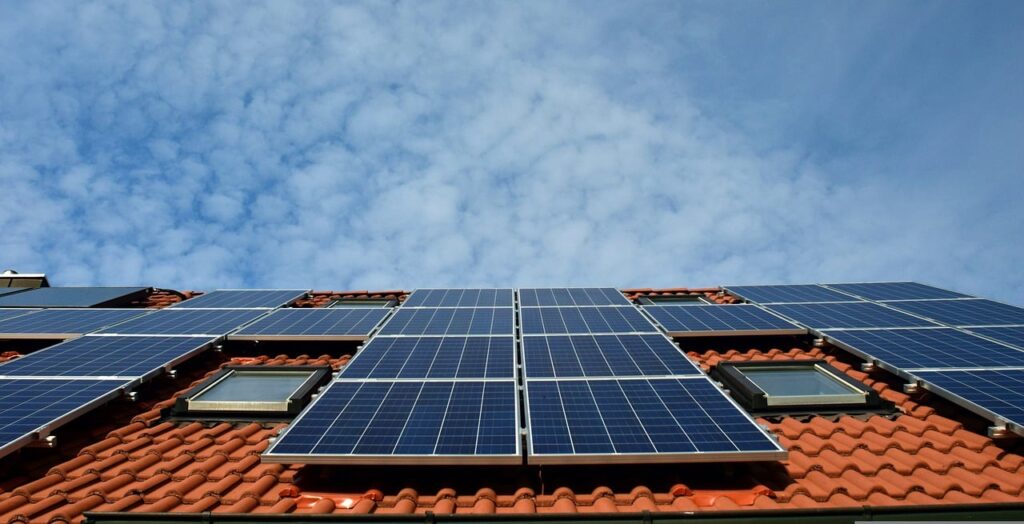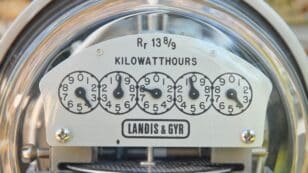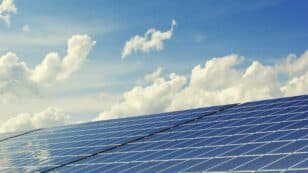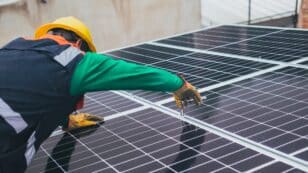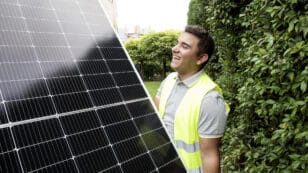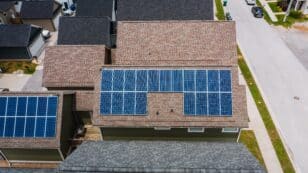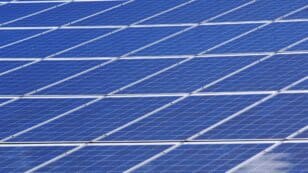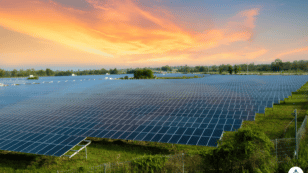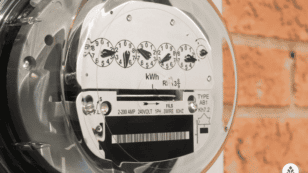
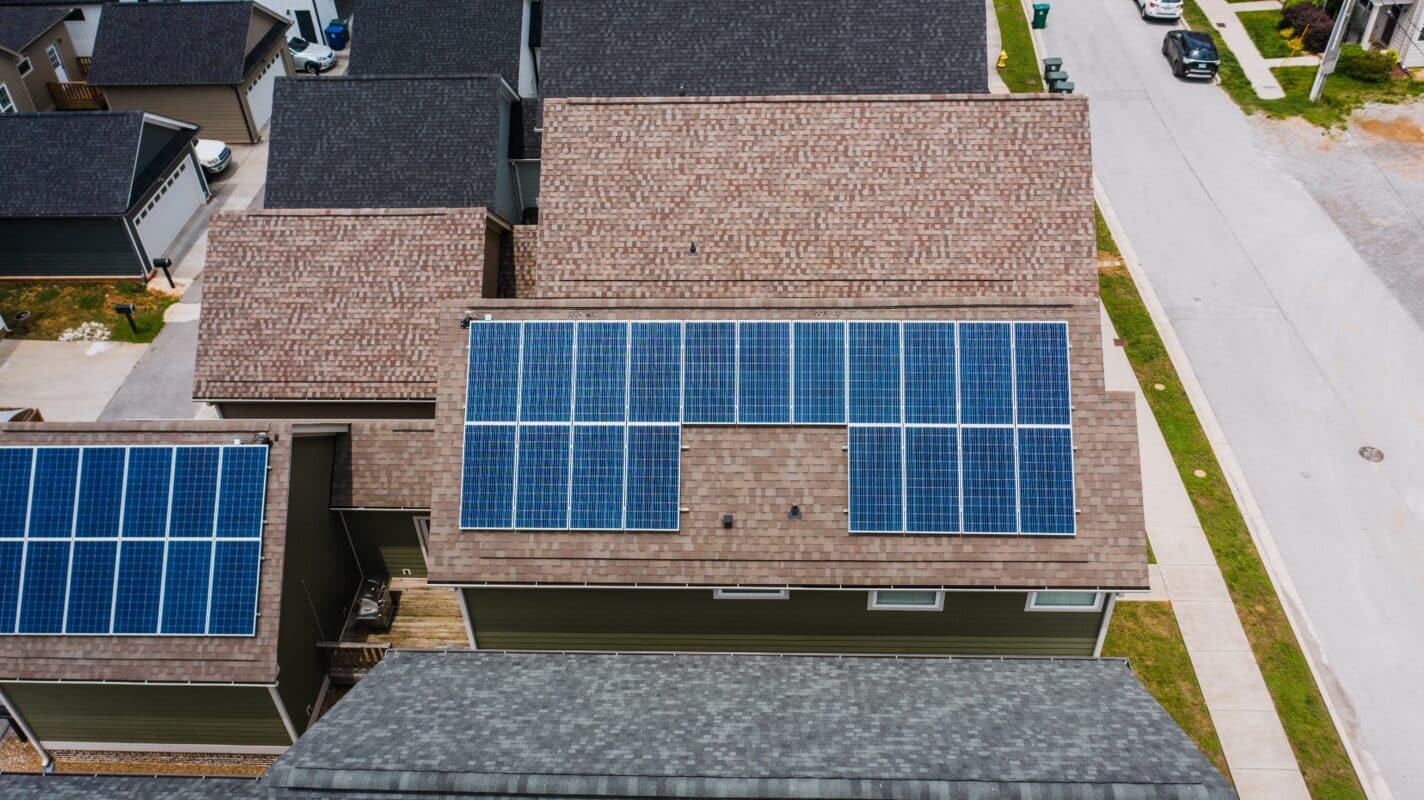
10kW Solar System Cost (How Much Power Does It Produce?)
In this guide, you’ll learn:
- Cost of a 10 kW solar system
- Power output and production
- How much you can save on electricity
Each product and or company featured here has been independently selected by the writer. You can learn more about our review methodology here. If you make a purchase using the links included, we may earn commission.
How Much Does a 10kW Solar System Cost?
Based on the U.S. average cost of solar of $2.66 per watt, the average installation cost of a 10 kW solar system is $26,600, or $18,620 after applying for the 30% federal solar tax credit.
Keep in mind that a solar system price can vary based on a number of factors unique to each homeowner, including the cost of energy where you live, what brand of solar equipment you buy and if you’re planning a DIY solar installation or choosing a specific solar installer. There are also financial incentives and solar rebates available that can reduce the cost.
Compare Costs of a 10kW Solar System Across States
Here’s a look at how much a 10 kW solar system would cost in the top 10 states for solar energy:
| State | Average Cost Per Watt | Average Cost of 10 kW Solar System | Average Cost of 10 kW Solar System After Tax Credit |
| California | $2.73 | $27,300 | $19,110 |
| Texas | $2.69 | $26,900 | $18,830 |
| North Carolina | $2.54 | $25,400 | $17,780 |
| Florida | $2.53 | $25,300 | $17,710 |
| Arizona | $2.61 | $26,100 | $18,270 |
| Nevada | $2.52 | $25,200 | $17,640 |
| New Jersey | $2.77 | $27,700 | $19,390 |
| Massachusetts | $2.94 | $29,400 | $20,580 |
| Georgia | $2.55 | $25,500 | $17,850 |
| New York | $2.95 | $29,500 | $20,650 |
This cost estimate includes the installation of your solar PV system and all of the basic equipment that comes with it — solar inverters, panels, racking and mounting equipment, etc. Any additional gadgets, like a combiner box, solar battery or solar charge controller for battery storage, will likely raise the cost.

SunPower
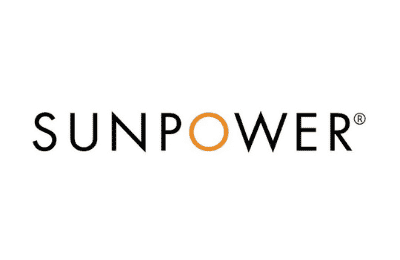
Nationwide Service
Average cost
Pros
- Most efficient panels on the market
- National coverage
- Cradle to Cradle sustainability certification
- Great warranty coverage
Cons
- Expensive
- Customer service varies by local dealer
SunPower designs and installs industry-leading residential solar and storage solutions across all 50 states. With a storied history of innovation dating back to 1985, no other company on this list can match SunPower’s experience and expertise.
SunPower earns its position as the top national installer on our list for a handful of reasons: It installs the most efficient solar technology on the residential market, offers the most expansive service area and backs its installations with a warranty well above the industry standard. All the while, SunPower pioneers sustainability efforts within the industry.
If that weren’t enough, SunPower systems come packaged with products all manufactured in-house by its sister company, Maxeon. This means that your panels, solar cells, inverters, battery and EV chargers are designed to work together and are all covered under the same warranty.
SunPower’s biggest downside? Its high-efficiency panels are considerably more expensive than most of its competitors’ products. However, its powerful panels are workhorses that make up for the initial cost with more backend production (think about this like spending more money for a car that gets more miles per gallon).
Facts and Figures: SunPower
| EcoWatch Rating |
|---|
| Better Business Bureau (BBB) Rating |
| Year Founded |
| Average Cost ($-$$$$$) |
| Solar Services |
| Brands of Solar Equipment Offered |
| Warranty Coverage |
| 5 |
| A+ |
| 1985 |
| $$$$ |
| Solar Panels, Solar Batteries, EV Chargers, System Monitoring |
| SunPower Panels |
| 25-year all-inclusive warranty |

Blue Raven Solar
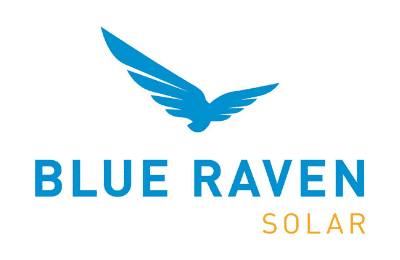
Regional Service
Average cost
Pros
- Industry-leading in-house financing
- Competitive pricing
- Excellent reputation
Cons
- Doesn't offer solar batteries (coming 2022)
We like Blue Raven Solar because it understands that, for most homeowners, the cost of solar presents the biggest barrier to entry.
For that reason, Blue Raven Solar developed an innovative solar financing plan that offers in-house, flexible, zero-money-down options. The results speak for themselves, as Blue Raven Solar is now one of the fastest-growing solar companies in the nation and was recently acquired by SunPower. Its BluePower Plus+ plan (exclusive to Blue Raven) mimics the flexible structure of a lease while still providing the greatest benefits of owning your system.
Eligible homeowners enjoy 18 months of solar power before having to pay their first bill. When coupled with the federal solar investment tax credit (ITC), the initial energy savings can offset more than a third of the overall cost of a system before requiring a dollar down.
In contrast, other installers can only offer similar financing through solar leases, PPAs or third-party providers (such as Mosaic or Sunlight). Third-party loan providers can complicate the process, while opting for a loan or PPA will disqualify you from some of solar’s biggest benefits (additional property value, federal solar tax credit and local solar incentives).
Facts and Figures: Blue Raven Solar
| EcoWatch Rating |
|---|
| Better Business Bureau (BBB) Rating |
| Year Founded |
| Average Cost ($-$$$$$) |
| Solar Services |
| Brands of Solar Equipment Offered |
| Warranty Coverage |
| 4.5 |
| A+ |
| 2014 |
| $$ |
| Solar Panels, System Monitoring |
| Trina Solar, Canadian Solar, SolarEdge, Silfab, SunPower |
| 25-year manufacturer warranty; 10-year workmanship warranty, 2-year production guarantee |

SunPower

Nationwide Service
Average cost
Pros
- Most efficient panels on the market
- National coverage
- Cradle to Cradle sustainability certification
- Great warranty coverage
Cons
- Expensive
- Customer service varies by local dealer
ADT Solar sets the industry standard for warranty coverage by including a multifaceted guarantee, making it one of the top installers for homeowners who want added peace of mind.
Its warranty coverage includes all of the following for 25 years:
- Power Production Guarantee: Also known as a performance guarantee, this ensures your solar system will produce the amount of electricity that’s outlined in your proposal, or ADT will write you a check for the difference.
- Labor Guarantee: This covers any issues with the installation of your system and is also known as a workmanship warranty.
- Panel Module Performance Guarantee: This is what ADT Solar refers to the manufacturer warranty as, and it ensures that any manufacturing defects are repaired or your ineffective panels replaced.
- Enphase Microinverters Guarantee: This backs the performance of your inverters.
Though in recent years other solar companies have started to offer similar guarantees, ADT Solar has been at it since 2008, performing over 30,000 installations across the country.
Facts and Figures: SunPower
| EcoWatch Rating |
|---|
| Better Business Bureau (BBB) Rating |
| Year Founded |
| Average Cost ($-$$$$$) |
| Solar Services |
| Brands of Solar Equipment Offered |
| Warranty Coverage |
| 5 |
| A+ |
| 1985 |
| $$$$ |
| Solar Panels, Solar Batteries, EV Chargers, System Monitoring |
| SunPower Panels |
| 25-year all-inclusive warranty |
How Much Energy Does a 10kW Solar System Produce?
On average, a 10 kW system will produce about 1,255 kilowatt-hours (kWhs) of electricity per month, or between 13,400 and 16,700 kWhs per year.
Just like with price, the amount of energy your solar system produces will vary depending on where you live. That means a 10 kW solar panel system in sunny Arizona is likely going to produce more energy than a 10 kW system in Minnesota, despite them being the same size.
With that said, solar panels are still worth it in less sunny states, especially because states that are less sunny tend to consume less electricity.
Can a 10 kW System Power a House?
A 10 kW system produces enough power for most homes but, once again, it depends on where you live and how much energy your household consumes.
The average U.S. homeowner consumes 893 kWh of electricity per month (10,716 kWh per year), therefore a 10 kW system that produces about 1,255 kWh of electricity per month would certainly produce enough electricity for the average household.1
But, let’s take a look at Louisiana, the state with the highest energy consumption. The average Louisiana home consumes 1,201 kWh of electricity per month, meaning a 10 kW system would be just enough for the average Louisianian, but not enough for those on the higher end of energy consumption.2
For more information, check out our guide for determining how many solar panels you need.
How Much Can You Save On Your Electricity Bill With a 10 kW System?
Based on our market research, we’ve discovered that the average U.S. homeowner will save about $1,970 on annual electricity costs per year by installing a 10 kW solar system.
Given that the average U.S. homeowner spends $1,410 on electricity a year, installing a 10 kW system very well may eliminate your electricity bill. However, depending on your electricity provider, you may still receive a utility bill that includes grid infrastructure fees or any extra power you use from the grid when your solar panels are not producing enough electricity, like at night. (If you’re installing an off-grid solar system, this won’t apply, but most solar systems are grid-tied.)
This savings also doesn’t take net metering into account, which is a way for you to be credited for the excess electricity you supply to the grid. If you live in a state with a true net metering system, you could not only eliminate your energy bills entirely, but also earn credits or compensation from your utility company.
Net metering usually works in one of two ways:
Net metering at retail price:
- You get full credit for each kilowatt-hour sent to the grid. For example, if you’re charged 16 cents per kWh consumed, you’ll get a credit of 16 cents per kWh exported. This type of net metering is required by law in 29 states.
Net metering at a reduced feed-in tariff:
- Surplus electricity sent to the grid is credited at a lower rate. For example, you may be charged 16 cents per kWh for consumption but paid 10 cents per kWh exported. Feed-in tariffs and other alternative programs are used in 17 of the states where retail-rate net metering is not mandatory.
Note: This is just a simplified example — the exact kWh retail price and solar feed-in tariff will depend on your electricity plan.
Payback Period
As you’ve probably figured by now, solar power system efficiency is unique to each homeowner, and that includes the return on investment, or “payback period.”
We’ve estimated that it will take the average homeowner 10 to 12 years to break even on a 10 kW solar system based on initial cost and energy savings.
We got that figure by dividing the average cost of a 10 kW system — $18,620 (after applying the federal tax credit) — by the average annual electricity savings of about $1,970.
You can get a more accurate estimate by examining your current power bills and getting a professional quote from a solar company.
How Many Panels Are Needed in a 10 kW Solar System?
The number of photovoltaic (PV) solar panels needed for a 10 kW system ranges from 28 to 40 panels depending on the type of solar panel you choose. When you’re measuring your roof space or ground space for a rooftop solar panel kit or a ground-mount solar array, keep in mind that the average solar panel is 65 by 39 inches, or roughly 17.5 square feet.
Monocrystalline or “mono” solar panels are the most efficient and have the highest wattage, followed by polycrystalline, and then thin-film. The best solar modules on the market have an output of around 330 W to 360 W each, but the output of less-efficient panels can be as low as 250 W.
If you’re looking to buy a 10 kW (10,000 W) system and you’re buying solar panels that have an output of 340 W, you’ll need about 28 panels. Your formula will look like this: 10,000 W / 340 W = 27.7 panels.
Although the cost of solar is lower if you choose a lower-efficiency model over a pricier high-efficiency one, remember that the total amount you pay for your solar energy system may come out to be the same or higher because you’ll have to buy more panels.
How to Find the Right Installer for a 10 kW System
Most solar companies are capable of installing any system size, but you will want to choose the best solar installer in your area for the job. Here are a few factors to look out for when choosing a solar company:
Solar Company Availability:
- Even big-name solar companies tend to only serve about 25 states maximum (with the exception of SunPower). If you live in one of the top states for solar, like California, Texas, or North Carolina, you’ll likely have plenty of options. On the other hand, if you live in an area where solar renewable energy is still developing, you may only have a few solar installers near you.
Solar costs and financing:
- Different companies have different solar financing options. You’ll want to find one that offers the best price and payment plan for your family’s budget.
Free Home Consultations:
- Many solar companies will offer a free home consultation or evaluation. Others will at least offer some sort of free estimate based on the specifics of your household. We recommend getting solar quotes from at least three companies so you can compare prices. And be sure to ask about any discounts, rebates or sales the company may be offering.
Warranties on 10kW Solar Systems:
- Solar panels are a hefty expense, you want to make sure that investment is protected. Make sure to choose top solar panels for your home that have at least a 10-year warranty, as that’s the industry standard. However, most of our recommended solar companies have warranty coverage that lasts up to 25 years.
Related Solar Energy Guides
Comparing authorized solar partners
-
- Most efficient panels on the market
- National coverage
- Cradle to Cradle sustainability certification
- Great warranty coverage
- Expensive
- Customer service varies by local dealer
A+Best National Provider1985SunPower Panels25-year all-inclusive warranty
Having trouble deciding? Click below and use our process to receive multiple quotes instead:

 233k
233k  41k
41k  Subscribe
Subscribe 
